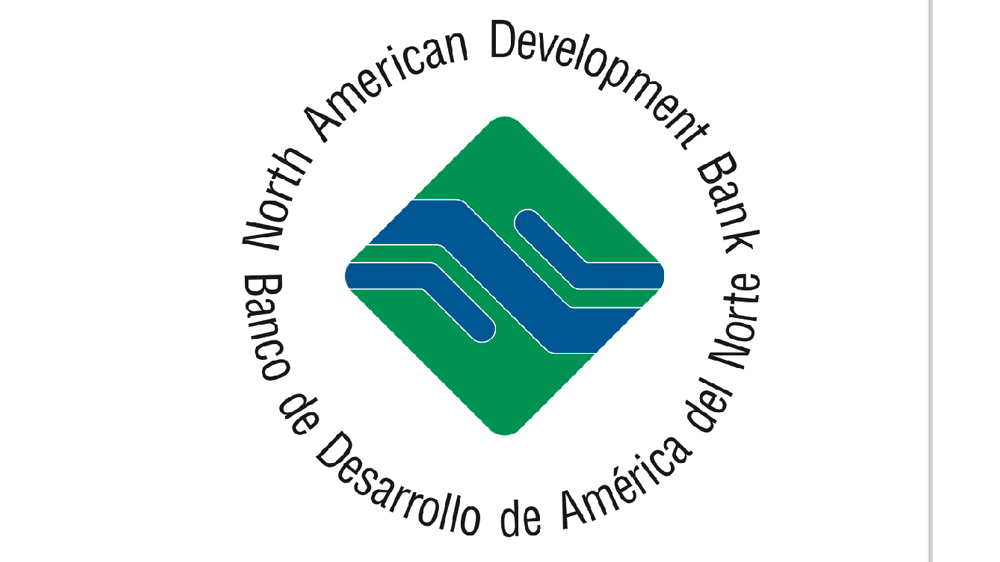The southern U.S. border is dominating the news cycle, elevating long-held bias about the region we share with Mexico – our ally and our largest trading partner. Allowing this negativity to overshadow the success and vitality of the U.S.-Mexico border region may blind us to the opportunities of working together and, more broadly, only hurts America.
By strategically investing in environmental infrastructure, however, both countries can unlock economic opportunities that benefit communities on both sides of the border, improve the environment, and strengthen our bilateral relationship.
The border region is a goldmine of economic potential that generates more than $800 billion in trade annually. As nearshoring efforts shift supply chains away from Asia, Mexico will continue to grow as the manufacturing powerhouse.
There is ample evidence of this growth. According to a 2023 Deloitte report, over $16 billion in new project investments in the border region were announced in the first quarter of 2023 alone. Moreover, a study conducted by the Wilson Center concluded that increased job creation and economic growth in Mexico have a beneficial impact on the U.S. — as almost five million jobs in the U.S. depend on trade with Mexico.
Although northern Mexico and the southern U.S. are attracting nearshoring projects, many areas lack the infrastructure required to power manufacturing hubs. Economic growth and integration increase pressure on natural resources and critical services — especially in water supply and wastewater treatment, clean energy, waste management, mobility, and other community needs.
The region stands at a unique crossroads where environmental stewardship and economic growth intersect. It is critical that lawmakers and investors understand that we must secure investments in environmental infrastructure to ensure the sustainability of the border region and the broader bilateral relationship.
While both governments – and the private sector – will make their own capital investments, it is critical to have organizations, especially bilateral financial intuitions, available to help shape and support the sustainability of this opportunity. That is why organizations, like the North American Development Bank (NADBank), are essential to playing a strategic role in investments in environmental infrastructure on both sides of the border.
It Is with these established mandates which develop and finance environmental infrastructure projects that preserve, protect, and enhance the environment of the border region, all while improving the quality of life for its residents. In particular, over 300 financed environmental infrastructure projects are leveraging more than $11 billion in total investment. That is a direct benefit to the over 20 million border residents – on both sides.
But more is needed, as past success contributes to future opportunities. There are investment opportunities available – and ready to be launched – to increase critical access, like improved drinking water and wastewater treatment in the border region.
Today, access in urban areas surpasses 95 percent of the population for water and 90 percent for wastewater. In the area of clean and renewable energy, organizations like NADBank, are pioneers, financing over $1.7 billion in more than 40 clean energy projects on both sides of the border that mobilized over $6.2 billion in total investment.
Just as the border continues to grow and transition to a greener, more sustainable region, so must organizations supporting financial growth. Over the next five years, work diversifying water resources, including reuse, will need to expand. With clean energy, targeted investments in energy storage and transmission to support greater energy grid reliability will be critical.
Furthermore, investors should expect cleaner and more efficient transportation and green construction. The border region’s opportunities can only be realized through partnerships and collaboration between the public and private sectors – an area where we have a strong history as leaders.
The U.S.-Mexico border region is a testament to the interconnectedness of environmental challenges and the importance of bilateral collaboration. Both countries have demonstrated they understand the role these public-private partnerships should play for the long-term well-being of the border region, the bilateral relationship and the competitiveness of North America by providing us with the capital and necessary resources.
Through robust collaboration, the U.S.-Mexico border region can become a model for sustainable economic development, showcasing the transformative power of strategic financial investments in environmental infrastructure. It is not just about investing, it is about backing a prosperous, sustainable future for generations to come.












